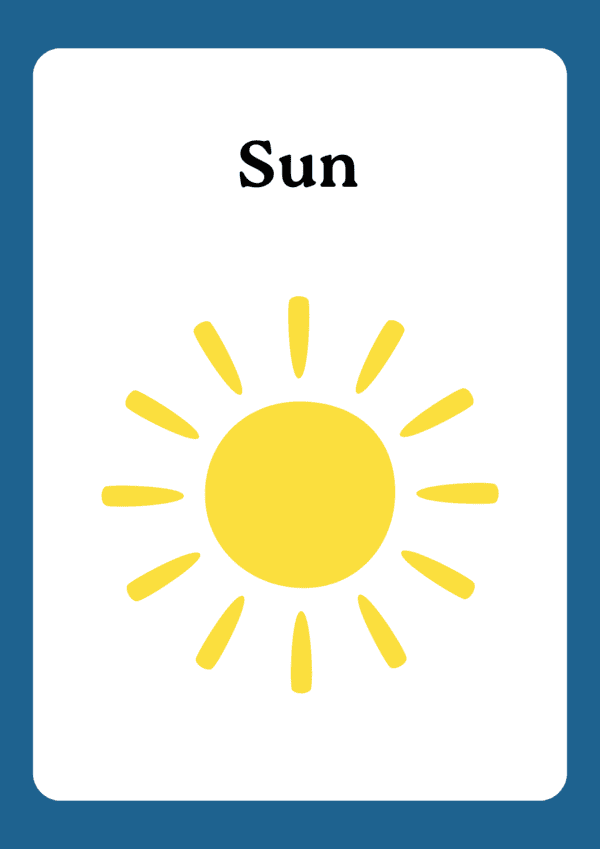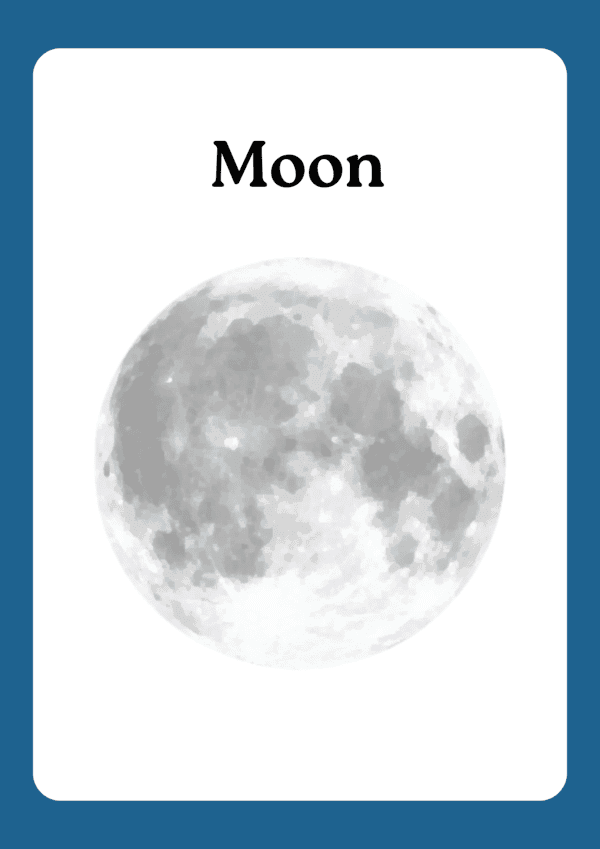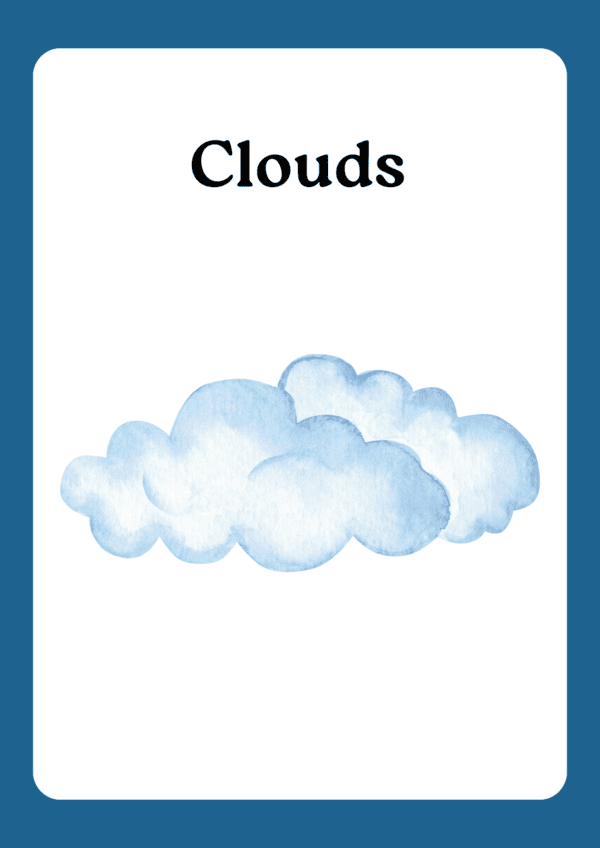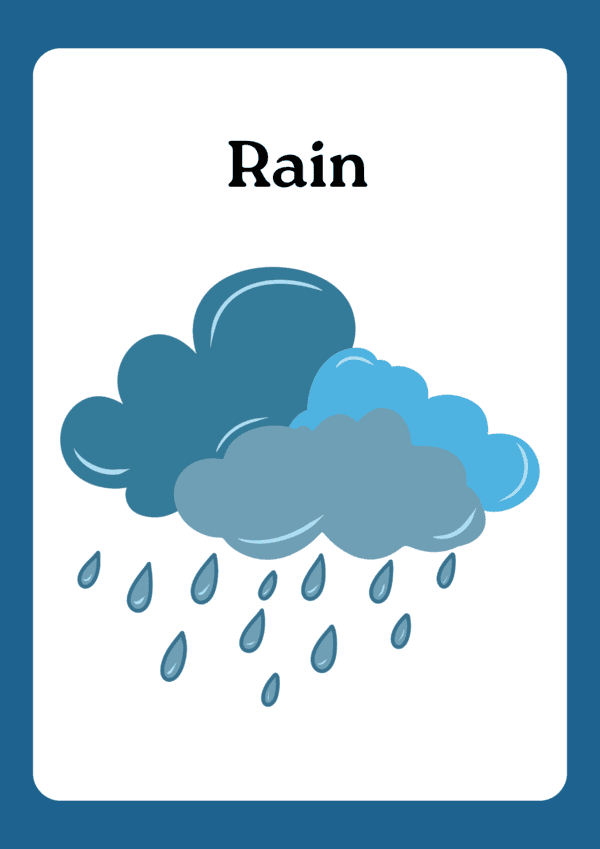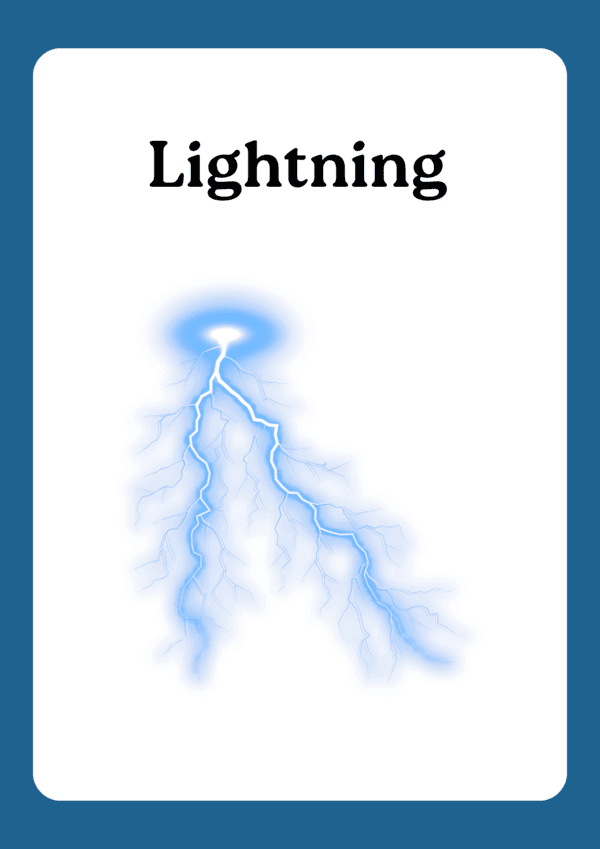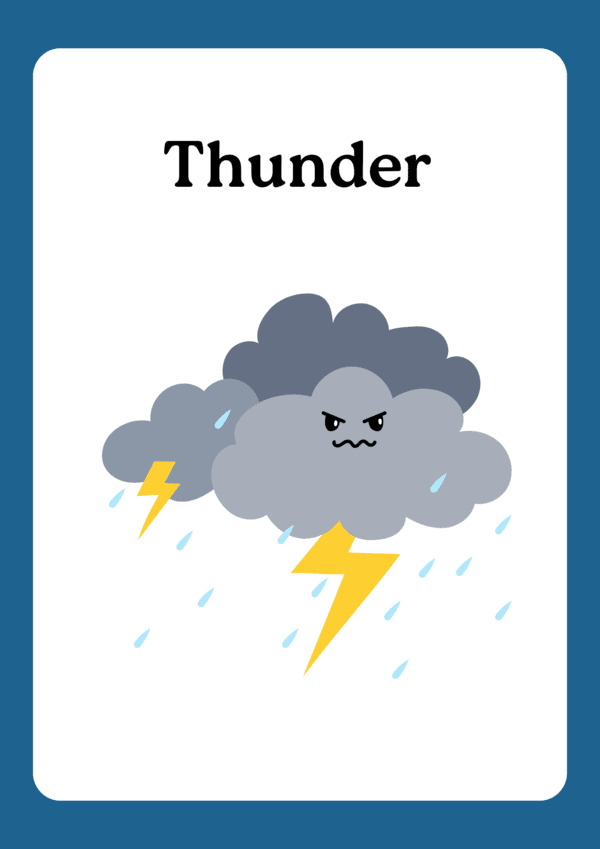 Unlock all Flashcards with EduRev Infinity Plan Starting from @ ₹99 only
|
Class 1 Exam > Science Olympiad for Class 1 > Flashcards: Sky Above Us
|
33 videos|90 docs|61 tests
|
FAQs on Flashcards: Sky Above Us Flashcard - Science Olympiad for Class 1
| 1. What are some common types of clouds found in the sky? |  |
Ans. Some common types of clouds found in the sky are cumulus clouds, stratus clouds, cirrus clouds, and nimbus clouds.
| 2. How does the color of the sky change during sunrise and sunset? |  |
Ans. During sunrise and sunset, the sky appears to be a vibrant mix of colors like pink, orange, and red due to the scattering of sunlight by particles in the atmosphere.
| 3. What causes thunderstorms to form in the sky? |  |
Ans. Thunderstorms form in the sky when warm, moist air rises rapidly, cools, and condenses into clouds. This process leads to the development of thunder, lightning, and heavy rainfall.
| 4. How does the sky appear different at different altitudes? |  |
Ans. At higher altitudes, the sky may appear darker, bluer, and clearer due to less pollution and thinner atmosphere. At lower altitudes, the sky may appear lighter and hazier due to more air particles.
| 5. Can you see stars in the sky during the daytime? |  |
Ans. While it is possible to see stars in the sky during the daytime, they are usually not visible due to the brightness of the sun. However, some bright stars and planets may be visible on clear days.
Related Searches






